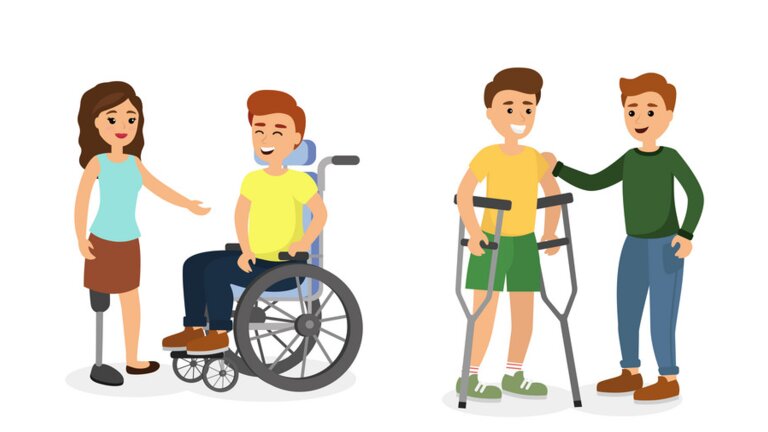Children and Young people with disabilities
According to the 2018 Uganda National Disability Survey, around 1.4 million children live with a disability in Uganda. This means that 11.4% of all children are disabled in their ability to live like other children of the same age.

A young girl with a hearing impairment carries her baby sister (Light for the world)
Adolescents with a disability also face special challenges. They are more likely to drop out of school, be unemployed, and experience poverty.
According to the 2018 survey, around 700,000 children between the ages of 0 and 14 live with a disability. The likelihood of disability increases with age, and boys are affected slightly more often than girls, with a share of 57%.
Effects vary depending on the disability. Physical disabilities are the most common, but their impact on children's lives is often minor. In contrast, mental disabilities are less common but usually have a major impact. Every second severe disability is a mental disability.
A challenge for the whole family
When a child is born with a disability or becomes disabled through external circumstances or illness, it is a challenge for the whole family. Often, family members feel their entire livelihood is threatened. Hopes and plans for the future have changed abruptly.
However, those who have lived with a disability since childhood may be able to deal with it more easily and without tension than an adult would. As a result, they may be able to show their parents a great deal of joy and energy for life, despite more difficult circumstances.

Between being a child and growing up
With the onset of puberty as well as the transition into professional life, new challenges arise for adolescents with a disability or chronic illness. It is not uncommon for them to be compared to other adolescents. Parents are challenged to let go of their adolescent children, yet to support them on their way.
